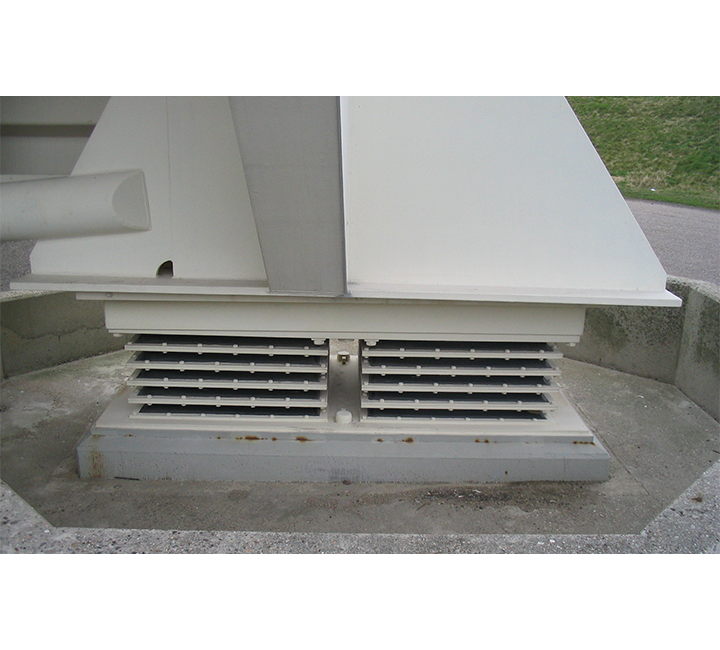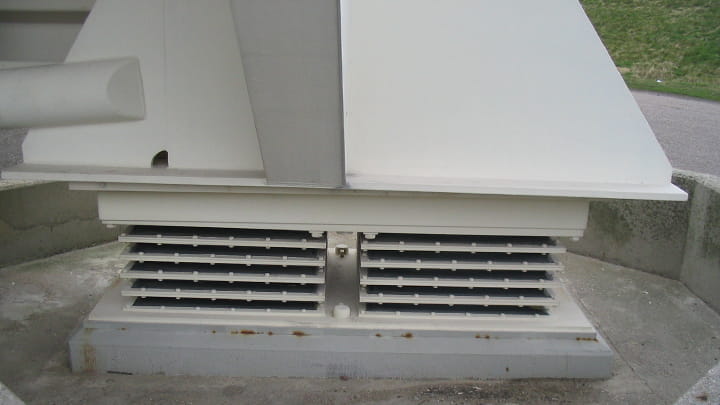
Overview
Elastomeric bearings need to transmit loads and accommodate horizontal movements and rotations around each axis that can occur between two structures. Design analyses will determine the scale of the forces and deformations. Forces, rotations and deformations can be used to start the selection process. Experience shows that, under normal circumstances and with regular maintenance, structural bearings can function for decades.
The type of bearings selected is determined for each support point in accordance with the functional requirements. Small spans can usually suffice with conventional laminated structural bearings: rectangular or circular. Larger spans may require bearings with complementary bearing devices.
The design calculations will be made based on the functional requirements and the type of bearings selected. The allowable surface pressure and the area available largely determine the length and width of the bearing. The thickness of the rubber layer depends on the rotation to be absorbed. The expected horizontal movements strongly influence the thickness of the total rubber package.


